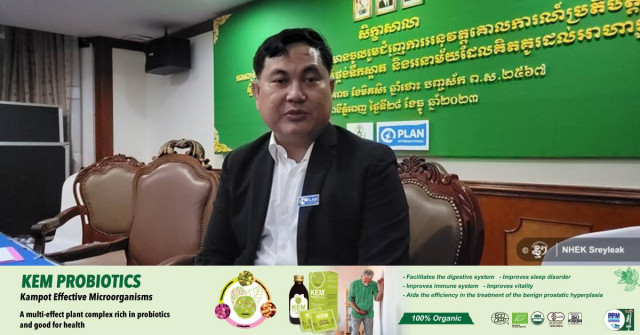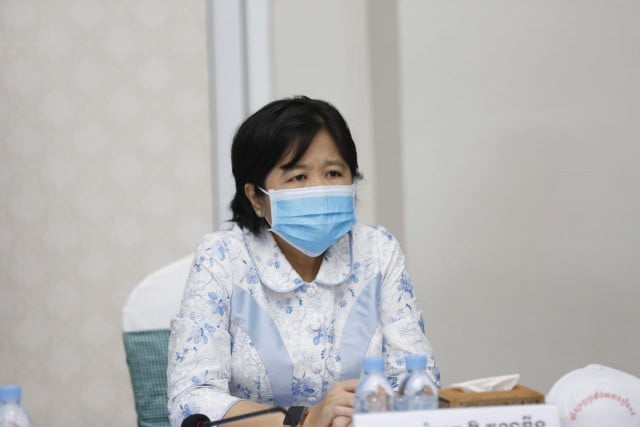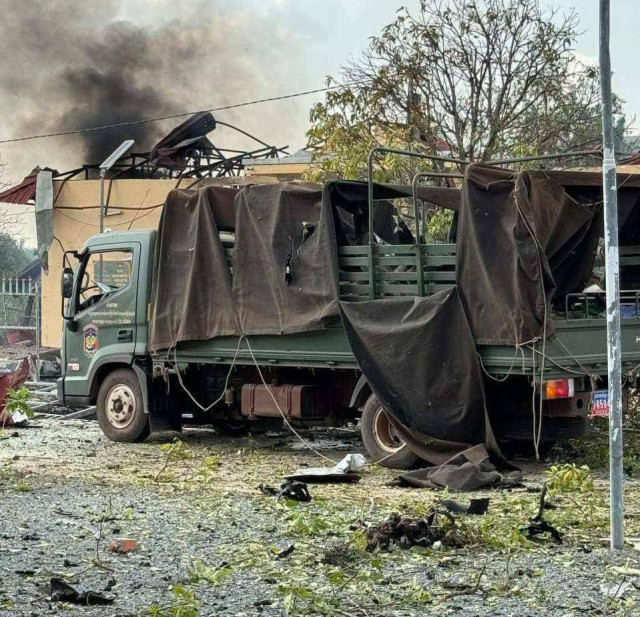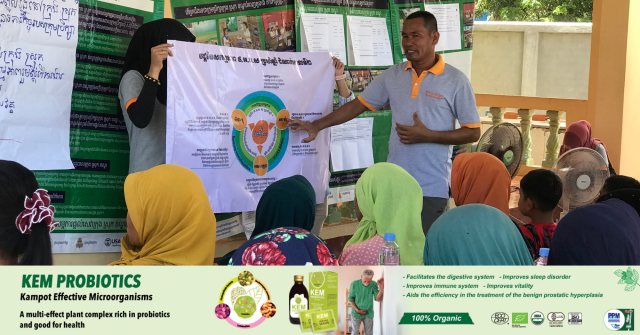Lack of Clean Water: Northeastern Children Suffer the Most from Malnutrition

- By Nhek Sreyleak
- January 3, 2024 5:10 PM
PHNOM PENH – The malnutrition rate in northeastern Cambodia remains high, an expert in children's protection warns, calling for improved water supply and hygiene in the region.
“Children in the northeast region, particularly in Ratanakiri, Mondulkiri and Stung Treng provinces, have more stunted growth than in other regions due to the lack of health centers, their social norms and their lack of knowledge on the subject,” said Yi Kim Than, deputy director program of Plan International Cambodia, an NGO dedicated to children protection.
The prevalence rate of stunting in 2014 was at least 32 percent. While it decreased to 22 percent in 2020-2021, it is still considered a high, he said. The emaciation rate, on the other hand, remained at 10 percent in the past decade.
Ratanakiri and Pursat provinces come at the end of the list, with 39 percent and 33 percent of their children under 5 years old having stunted growth, respectively.
Mondulkiri and Stung Treng provinces stand at 29 percent while Phnom Penh and Kandal are at the lowest at 15 percent, based on the Cambodia Demographic and Health Survey (CDHS) 2021-2022.
Kim Than stressed that ensuring the proper development of the children must be the government’s top priority. While he acknowledged hygiene and nutrition globally improving, he is worried not to leave anyone behind.
Lack of Clean Water and Hygiene is the Major Cause
The World Health Organization has shown that stunted growth in children is due to poor infant and childcare practices, hygiene, limited food security, reproductive and maternal nutrition, and traditional beliefs.
Lack of clean water and sanitation is recognized as a major contributing factor in Cambodia. About 30 percent of cases of stunted and emaciated children are due to a lack of clean water and sanitation, Kim Than said.
Plan’s operation report 2023-2028 shows that lack of access to basic water supply and sanitation services, along with poor hygiene behaviors observed in remote areas, is an important determinant of the prevalence of high rates of emaciation and stunting among children under 5. It also worsens malnutrition cases in Cambodia.
Kim Than stated that this is an issue that the government and children protection stakeholders must solve together for the future of Cambodia.
He said the government has set out an action plan to supply clean water and sanitation, which terminates in 2025. However, in 2023, data showed that the project was running extremely late with only six provinces out of 25 having access to clean water and sanitation.
He is concerned the project will not meet its goals in the remaining year of the plan.
Malnutrition in Cambodia results in high death and disability rates for children under 5, accounting for around 4,500 deaths annually and representing nearly one-third of the country's overall child mortality rate.
Malnutrition in Cambodia costs the country an estimated $145-$266 million annually, accounting for 0.9-1.7 percent of the country’s GDP, according to UNICEF.
The global water demand is expected to surpass the supply by 40 percent by 2030, causing a growing concern over declining water quality.
Originally written in Khmer for ThmeyThmey, this article was translated by Nhor Sokhoeurn for Cambodianess.















